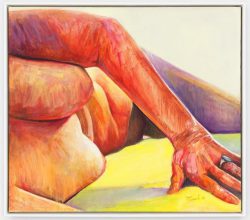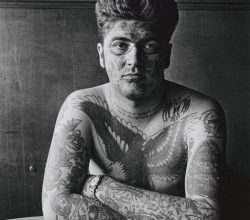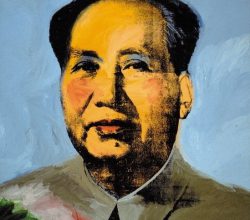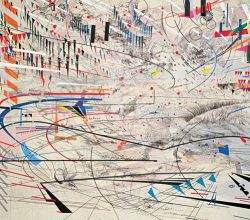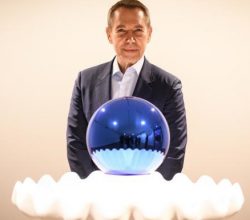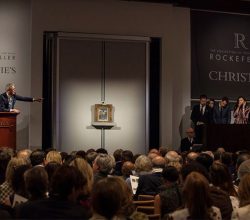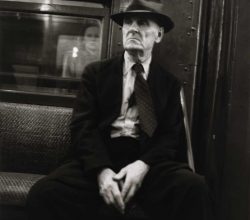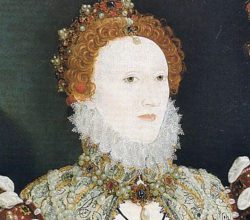
All the Rembrandts review – human chaos made glorious
Jonathon Jones | The Guardian | 15th February 2019
The self as uniquely human, rather than a divine creation, was a Renaissance idea. Rembrandt seized on it with gusto. His iconic The Night Watch is not a dignified civic portrait but a “celebration of the mixed stuff of humanity“. His self-portraits, displaying plainly the impact of bereavement and misfortune, show “incomparable emotional intelligence … his lust for life sings across the centuries.”

